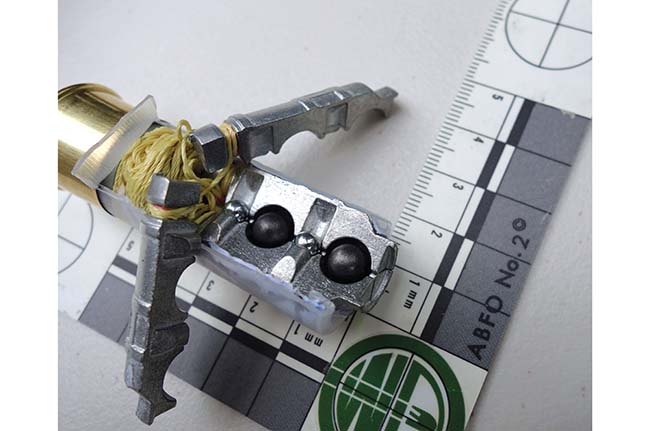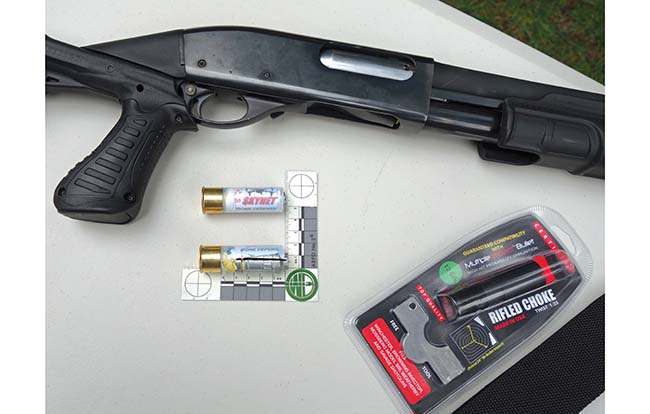With the rapid advancement of micro technology, recreational remotely operated aerial vehicles (ROAV) or unmanned aerial systems-UASs, commonly known as “drones”, are hitting the market in droves. These four, six or even eight propeller vehicles offer relative ease of flight control over traditional model airplanes and helicopters, with onboard stability devices, auto piloting, and GPS capability. The biggest perk of course being the stable platform for which to mount a camera for cheap and spectacular aerial footage, in most instances providing real time video to the user. Most are familiar with news reports of near misses with commercial aircraft or invasion of privacy claims from those buzzed by one. Historically, the regulation of these devices for private use was best described as a gray area with “rules” varying greatly depending on whom you talk to. While commercial drone use is relatively controlled, only recently has the FAA required registration and some states have tightened laws. Many businesses, parks, etc. have instituted “no fly zones” to protect privacy and/or citizen’s body parts from inept pilots. (Fig 1) Despite efforts at any level, drones will remain to be utilized for harmless, idiotic, or unscrupulous means. The more sinister side of this proliferation uncontrolled, is of course not lost on Homeland Security as well as general security forces worldwide.
Drones certainly have useful applications from inspection of bridges to recording disaster areas. The authors utilized this technology to help reconstruct a long distance shooting scene with 3D aerial mapping with a UAS (Fig 2). The flip side of the coin is the growing concern where these aircraft are used for nefarious purposes, such as delivering contraband to prison yards or used offensively against law enforcement. Take for instance a SWAT operation involving a hostage standoff, where a drone is flown in the area to track police movement or to be the first for a viral YouTube video, potentially escalating a situation bringing harm to the victims or the officers.
Enter Skynet (mibullet.com), a tethered multi-projectile round fired from a 12 gauge shotgun, for the specific purpose of disabling these aircraft as they fly overhead. The Skynet consists of five, 1.5 inch(3.7mm) long, wedge shaped aluminum projectiles. The five projectiles piece together to form a .5 inch (1.3mm) cylinder shape (Fig 3), all of which are tethered together with a Kevlar-type string. Additionally, to ensure point of aim and point of impact, the center of the Skynet round has the bonus of two lead #2 buck pellets and two BBB steel pellets(Fig 4).
Spin Needed
A spin imparted on the round is required to effectively deploy as designed, with either with a rifled bore or a barrel insert (Fig 5). With a spin, the projectiles spread and fly in a fan blade fashion with about a 5’ (1.5m) radius as they travel down range (Fig 6). Ideally, if the shot pellets miss the target, the blades are entangled with the projectiles, the tether, or both subjecting the drone to its mortal enemy: acute gravity poisoning. During initial testing with the MIBULLET insert, the Skynet was fired horizontally (0 degrees) into a witness panel at 35 feet (~10m). The spread of the projectile pattern was approx. 10 inches with the shot pellet pattern approx. 3 inches. With a fully rifled bore, the projectiles spread more rapidly.
The Skynet does appear to deliver as promised: a flying net with the ability to disable a small aerial vehicle. Remember that this multi-projectile round is fired from a 12 Gauge firearm at about 750 fps (with rounds tested) with a range well over 100 yards. Even without the shot pellet sub-ordnance, it has the potential to be lethal if fired at a person. Ensure to check local laws and ordnances before discharge of the Skynet with the intent of destroying the property of others.
R.T. Wyant with WD Forensic, Inc is a forensic scientist with 20 years’ experience and has extensive experience testing and forensically analyzing ballistic and less lethal products.












